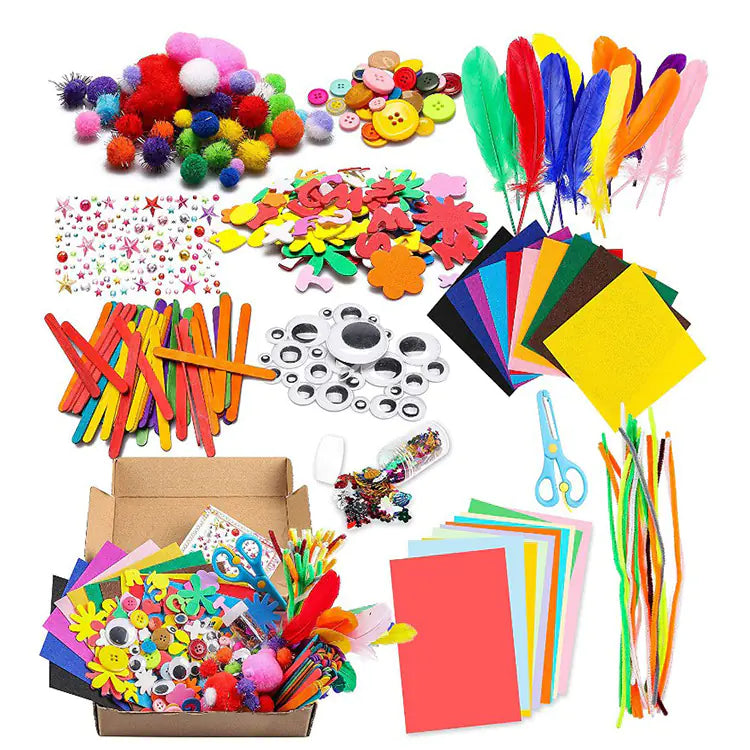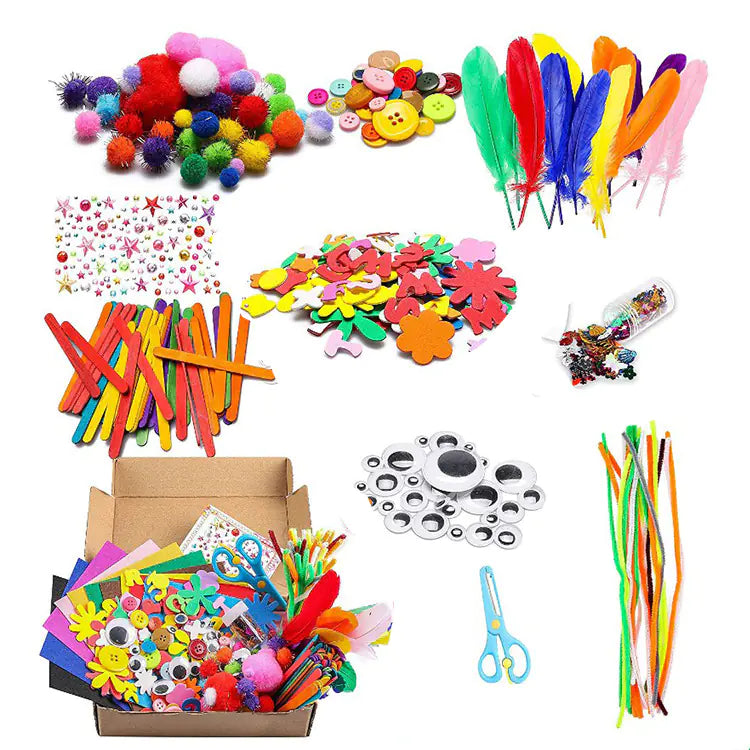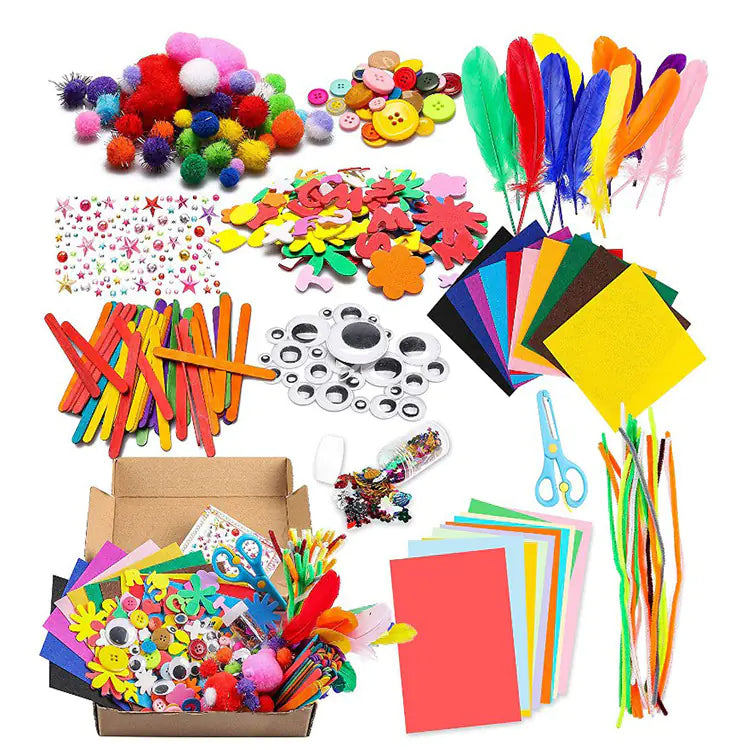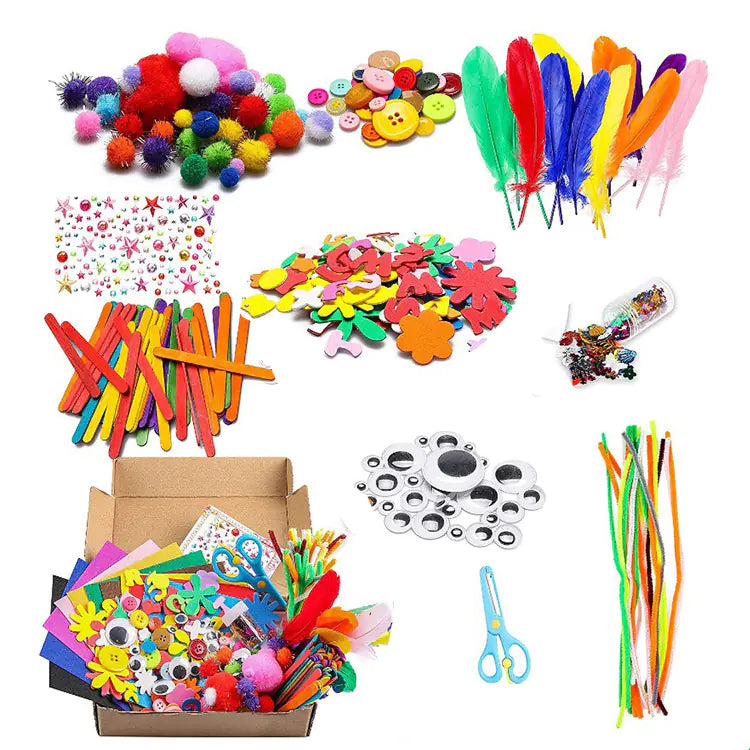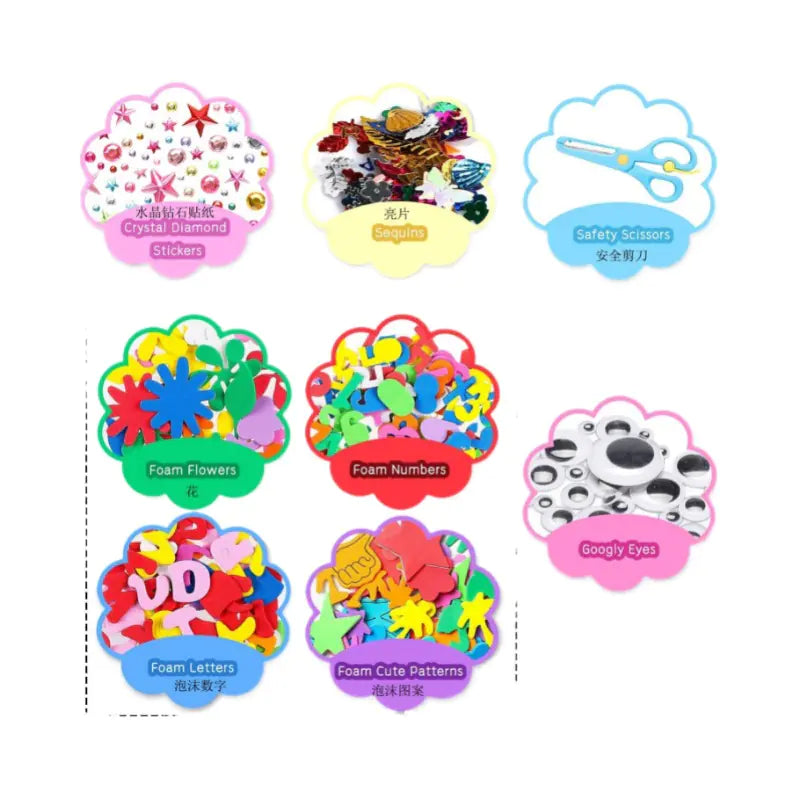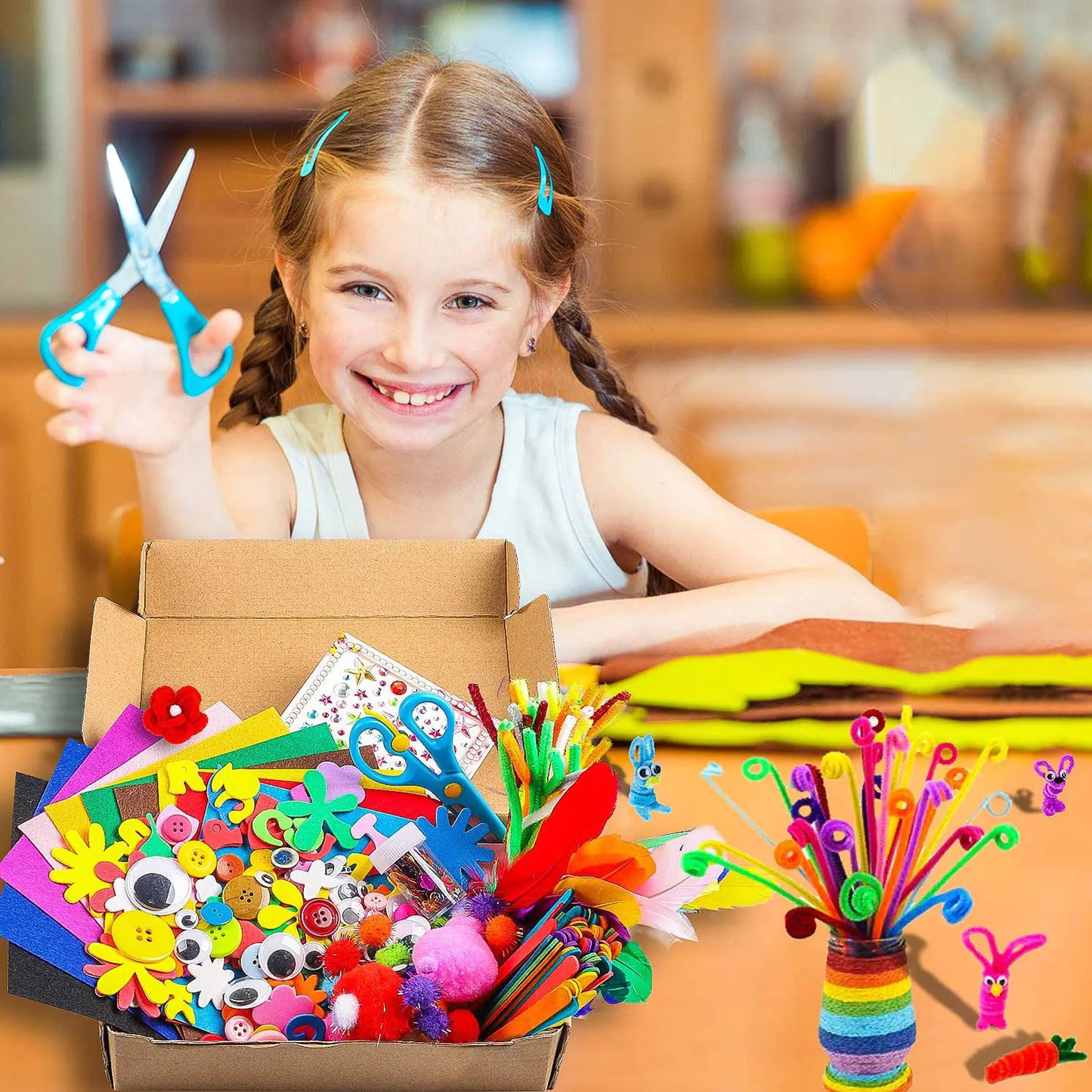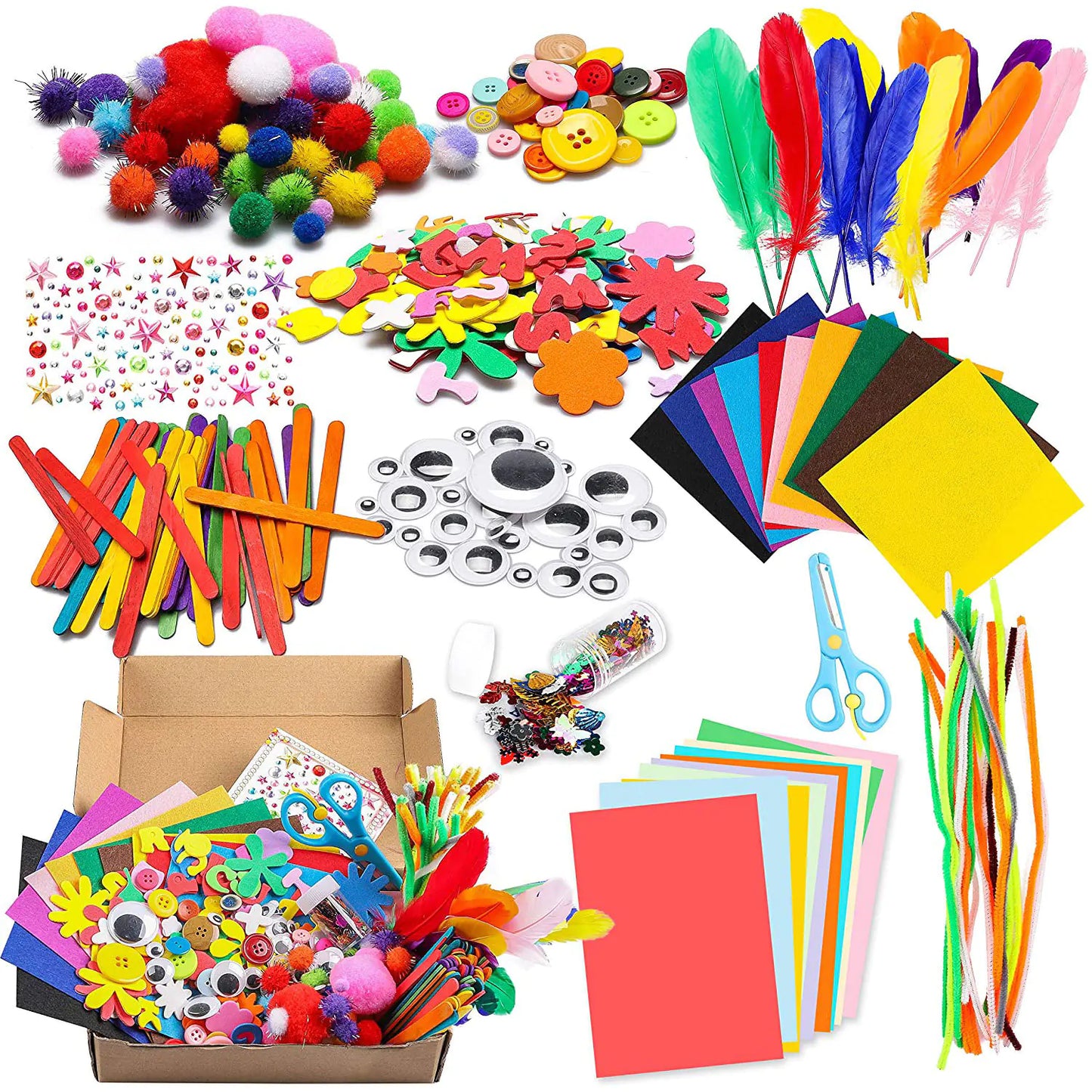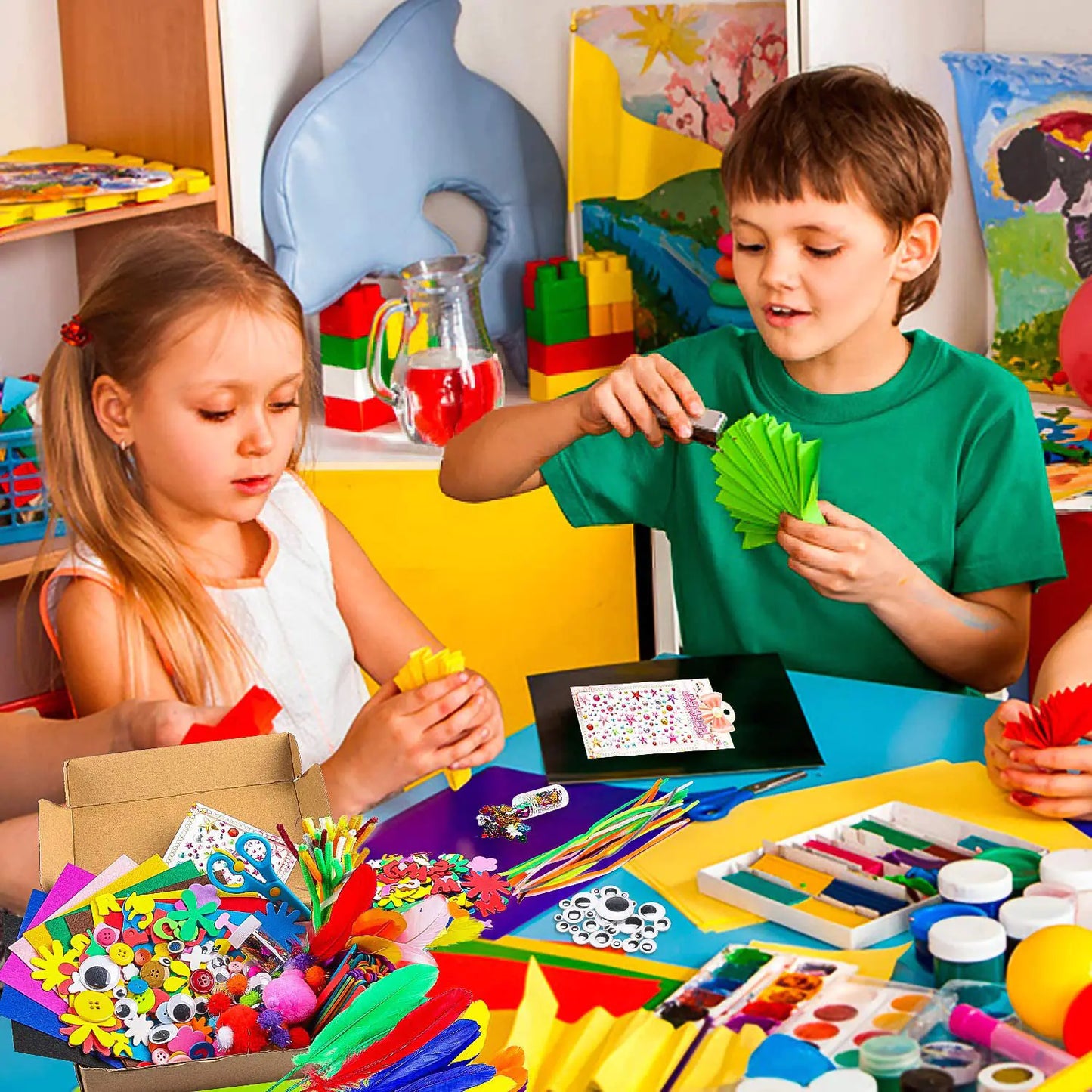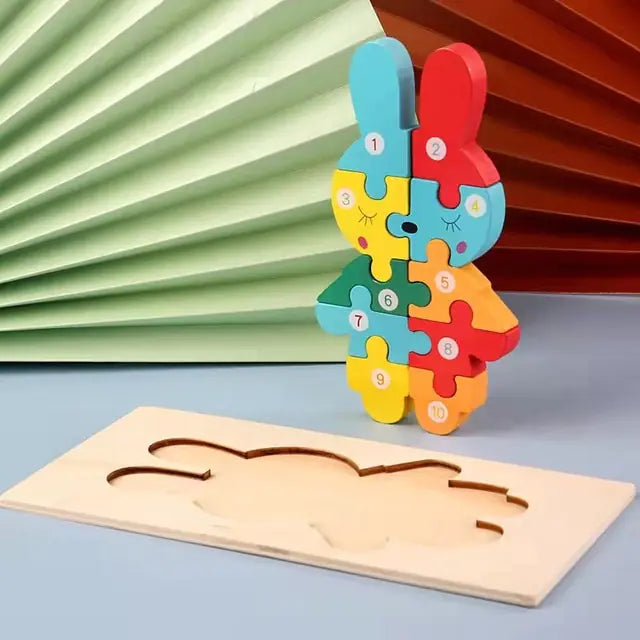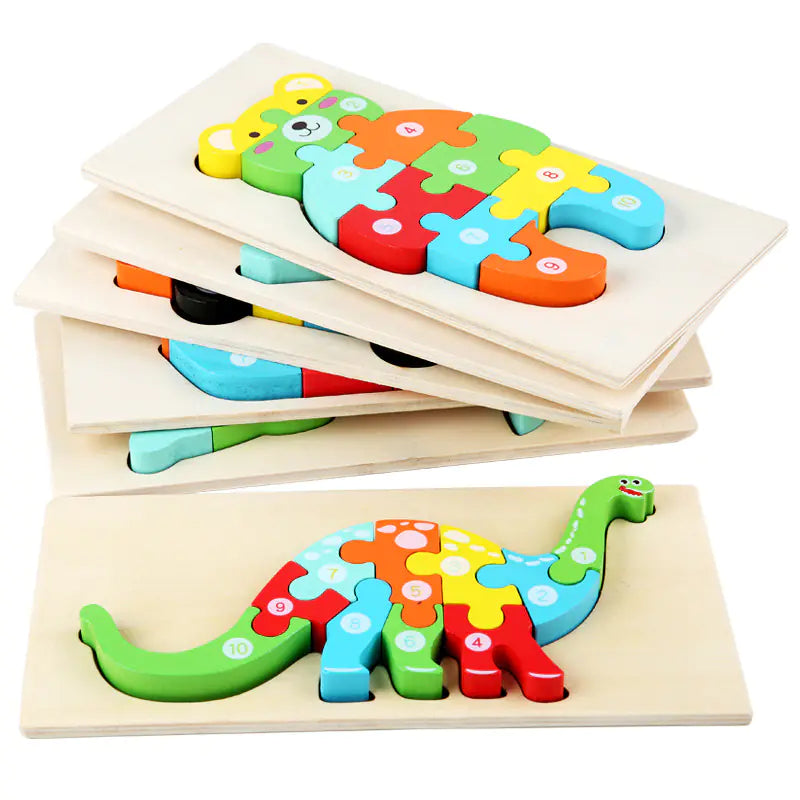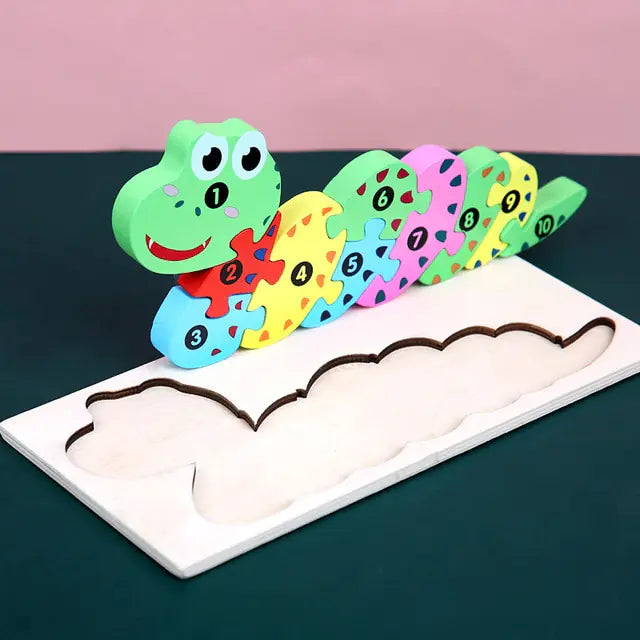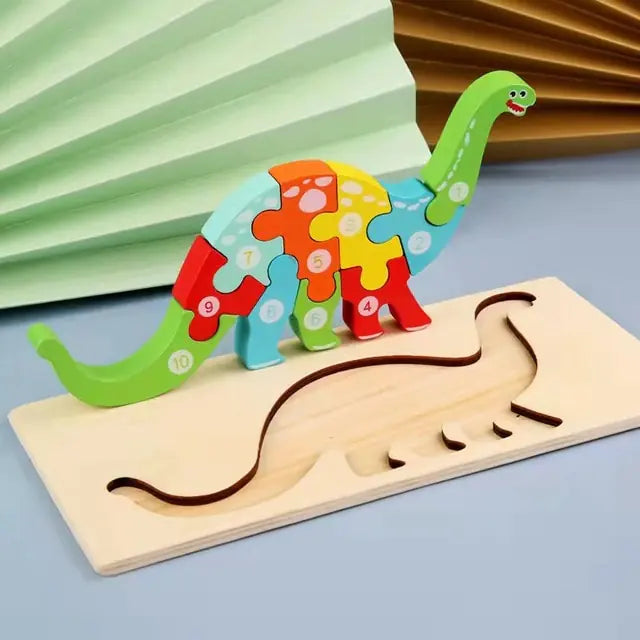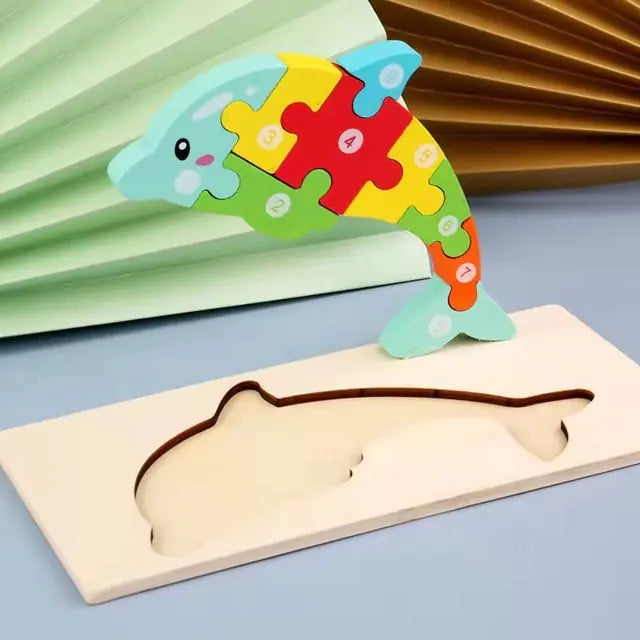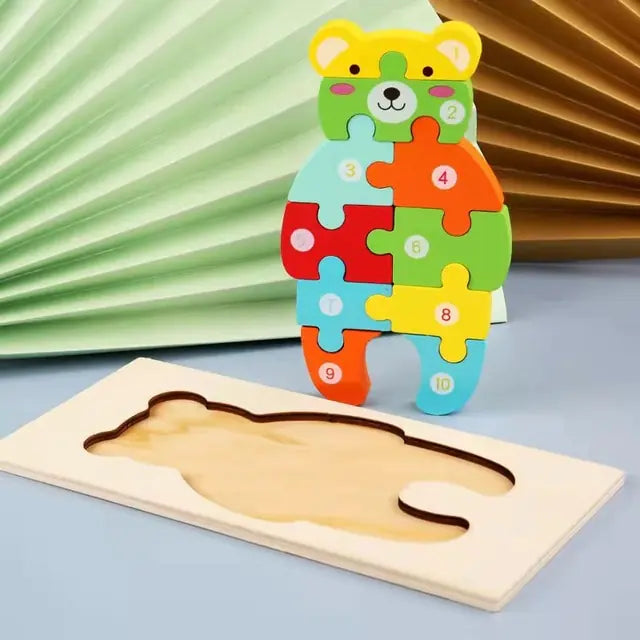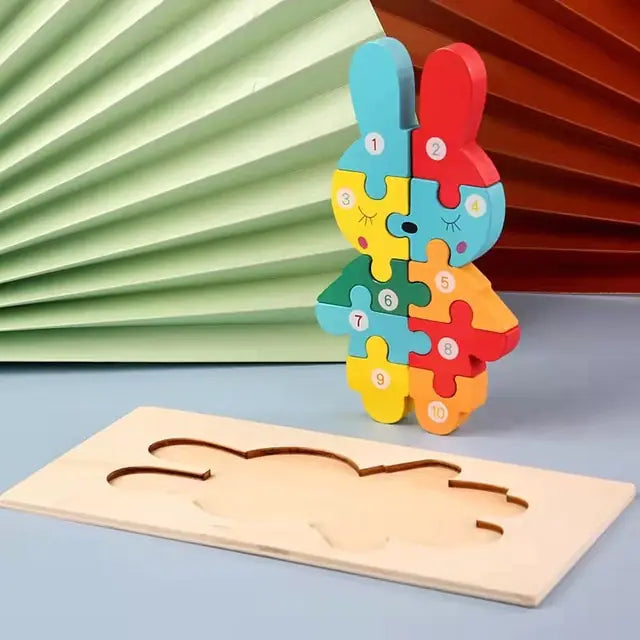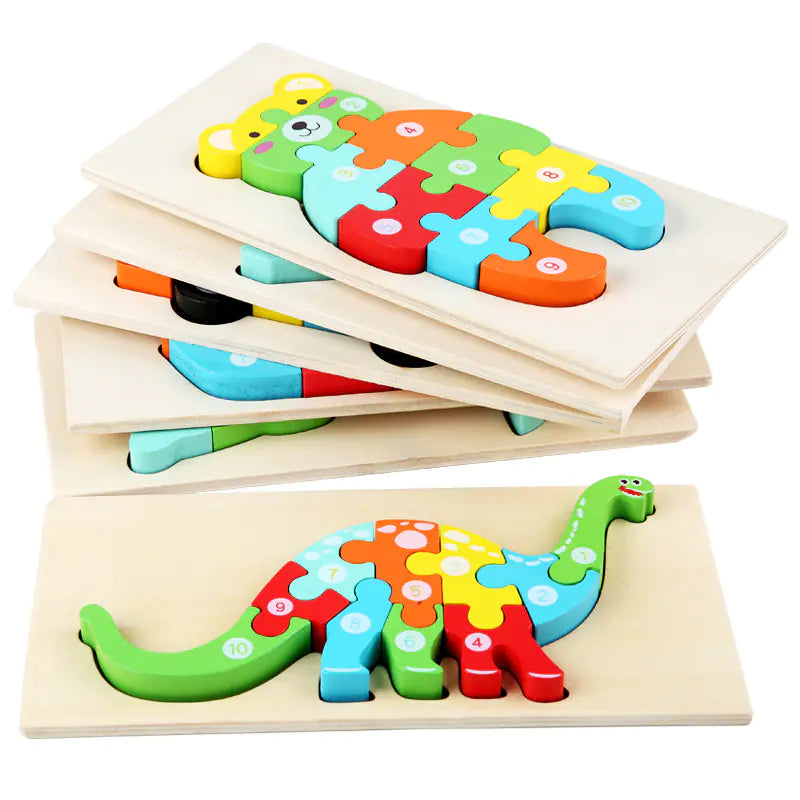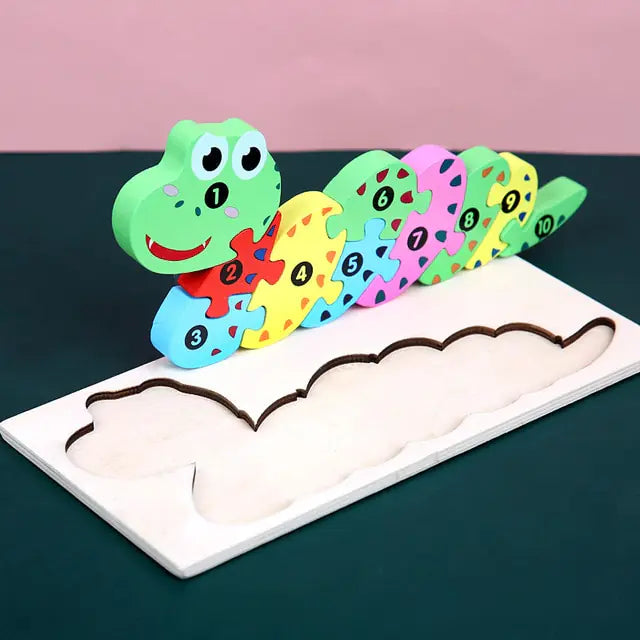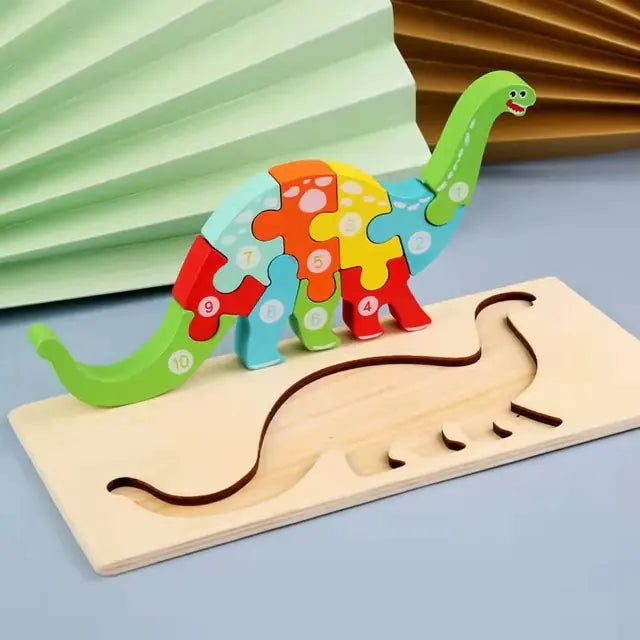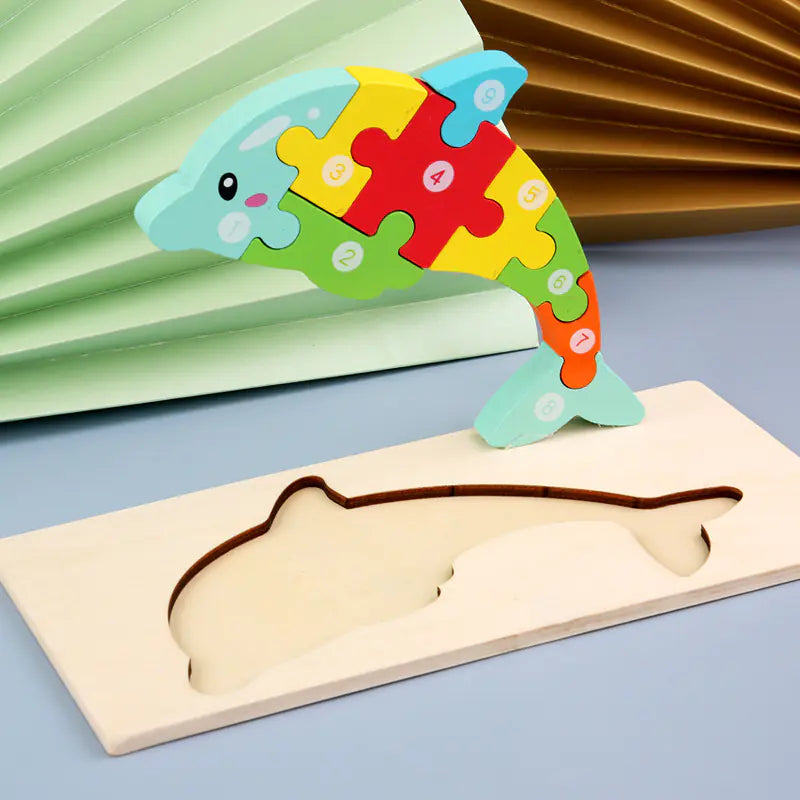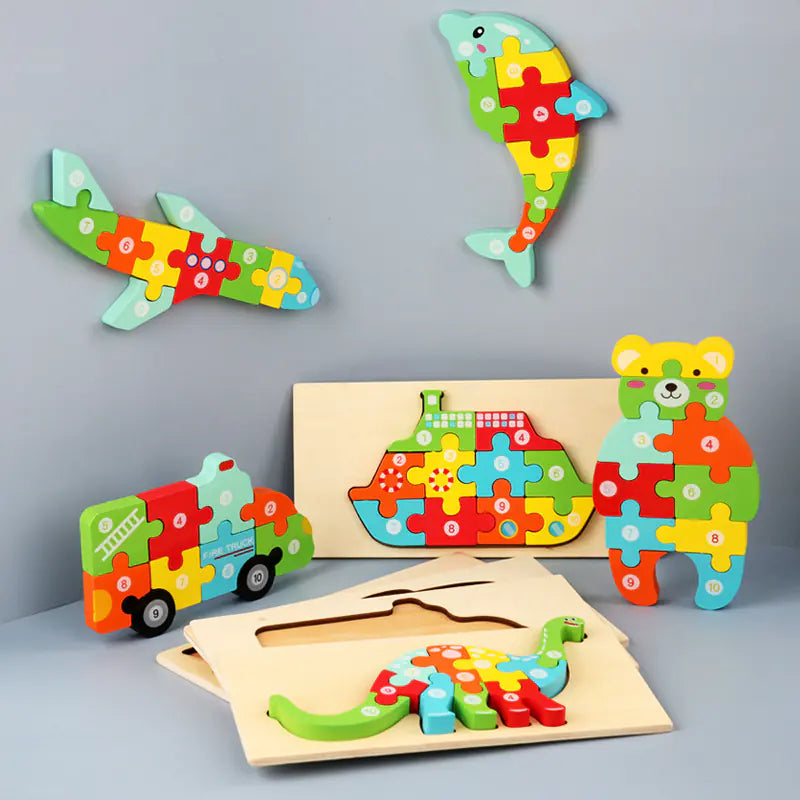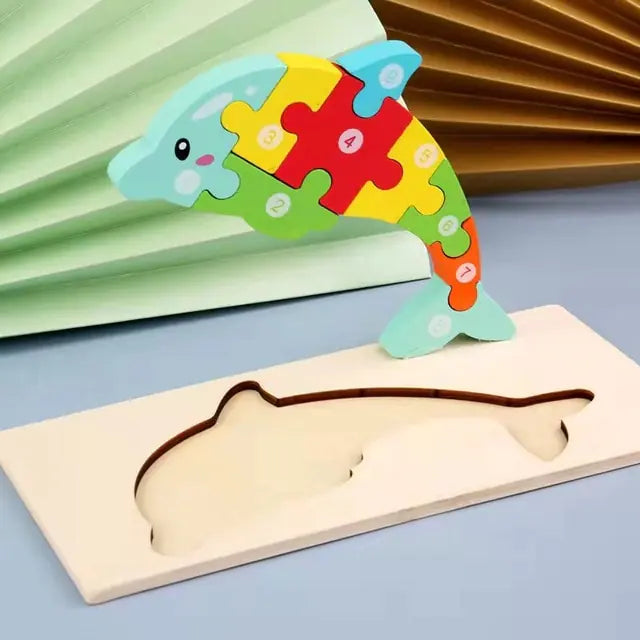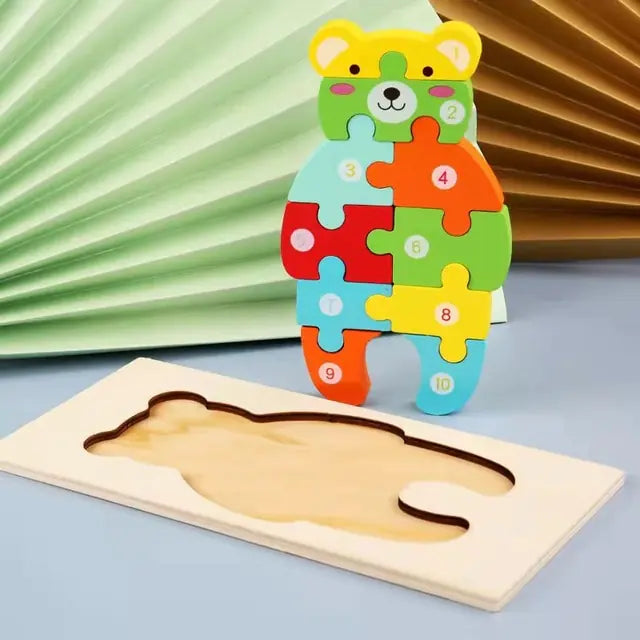Discover the World of Time with Toy Clocks: A Fun Guide for Kids
Learning about time doesn't have to be boring! With the magic of toy clocks, kids can dive into the world of hours and minutes in a way that's fun and super interesting. In this guide, we'll explore how these awesome toys can make understanding time a breeze for your little ones. Let's turn learning into an adventure!
Starting Simple: The First Steps in Time-Telling
Introducing Time with a Toy Clock
When it comes to teaching kids about time, starting with the basics is key. Time is more than just numbers on a clock; it's the rhythm of our daily lives. To get this adventure started, a toy clock is your best friend. Here's what makes it so great:
- It's visual: Kids can see how time moves with their own eyes.
- It's hands-on: They'll love moving the clock hands themselves.
- It connects to their world: Linking toy clock times to real-life moments like lunchtime makes time-telling relatable.
By keeping things simple and fun, we lay the groundwork for more complex time-telling skills down the road.
Matching Toy Clocks to Real Life
After getting to know the toy clock, it's time to bring those lessons into the real world. Toy clocks are more than just toys; they're your child's ticket to understanding how time works in everyday life. Here's how to make the most of them:
- Set the toy clock to match the real time: This helps kids make the connection between the two.
- Talk about daily activities in terms of time: Breakfast at 7 AM, playtime at 5 PM, and so on.
- Ask prediction questions: "What time will it be in one hour?" This gets them thinking ahead.
By linking the toy clock to real-time events, children start to see time as a part of their daily adventures.
Beyond Basics: Exploring Half and Quarter Hours
Learning About Fractions of Time
Once the concept of whole hours is second nature, it's time to explore half and quarter hours. Understanding these fractions of time is like unlocking a secret level in a game—it opens up a whole new world of time-telling skills.
- Use the toy clock to show half-past and quarter times: This visual aid is priceless.
- Practice makes perfect: Regularly set the toy clock to these new times and review them together.
Patience and celebration at every small victory will make this learning journey joyful and rewarding.
Fun with Time: Games and Daily Practices
Whole Hour Practice Games
What better way to solidify those new time-telling skills than with games? Games like "What Time Is It, Mr. Wolf?" not only reinforce learning but also make it a blast. Plus, setting up a daily schedule with toy clocks gives kids a practical application of their new skills.
Incorporating Time into Everyday Activities
Bringing time-telling into daily routines helps kids see the importance of time in their lives. It's not just about learning; it's about living. Whether it's setting timers for brushing teeth or planning out the day with toy clocks, every moment becomes an opportunity to learn and grow.
Advanced Time-Telling: Mastering Minutes
Breaking Down Minutes
As kids become more comfortable with hours and halves, introducing 5-minute increments is the next exciting step. This finer breakdown of time helps sharpen their skills and prepares them for the complexities of the adult world of time management.
Using Games to Teach 5-Minute Intervals
Games that focus on setting the clock in 5-minute steps or matching times on task cards are fantastic for practicing these smaller increments. It's all about making learning so engaging that kids can't help but dive in.
Wrapping Up: Celebrating Time Mastery
Celebrating Every Victory
Learning to tell time is a big deal! Celebrating every milestone, from understanding whole hours to mastering 5-minute increments, is crucial. It's these moments of recognition that motivate kids to keep exploring and learning.
The Role of Repetition and Routine
Consistency is key when it comes to mastering time-telling. Incorporating practice into daily routines and revisiting concepts regularly helps transform these new skills from learned to second nature.
The Magic of Time-Telling
Teaching time to kids opens up a world of independence and curiosity. With toy clocks as our guide, we can transform this learning journey into an adventure filled with discovery and fun. Remember, the goal isn't just to teach kids how to tell time—it's to help them navigate their days with confidence and joy.
So, let's embrace the journey, celebrate the milestones, and enjoy watching our little ones become masters of their own time. After all, time-telling isn't just a skill; it's a gift that keeps on giving.
Frequently Asked Questions
How do I start teaching my child about time?
Begin with the basics of hours using a toy clock. Make it visual and interactive by linking the toy clock's time to real-life activities.
How can I make learning about time fun?
Incorporate games that involve setting and reading the toy clock, and use daily activities as opportunities to practice time-telling.
What's the best way to teach half and quarter hours?
Start with whole hours on the toy clock, then introduce half and quarter hours by showing how the clock divides into halves and quarters. Practice and patience are key!
How do I introduce 5-minute increments?
Once your child is comfortable with half and quarter hours, show them how each number on the clock also represents 5 minutes past the hour. Use practice games to reinforce this concept.
Is it important to teach both analog and digital time?
Yes, understanding both formats is crucial. Start with analog time-telling and gradually introduce digital time to help your child navigate both worlds seamlessly.
How can I integrate time-telling into our daily routine?
Use everyday activities, like meal times and bedtime, to practice setting and reading the toy clock. Visual schedules and timers can also reinforce time management skills.
Can I create a teaching clock with my child?
Definitely! Designing a DIY clock is a fun way to engage your child in learning. Personalize it with their favorite colors or themes to make time-telling even more special.


